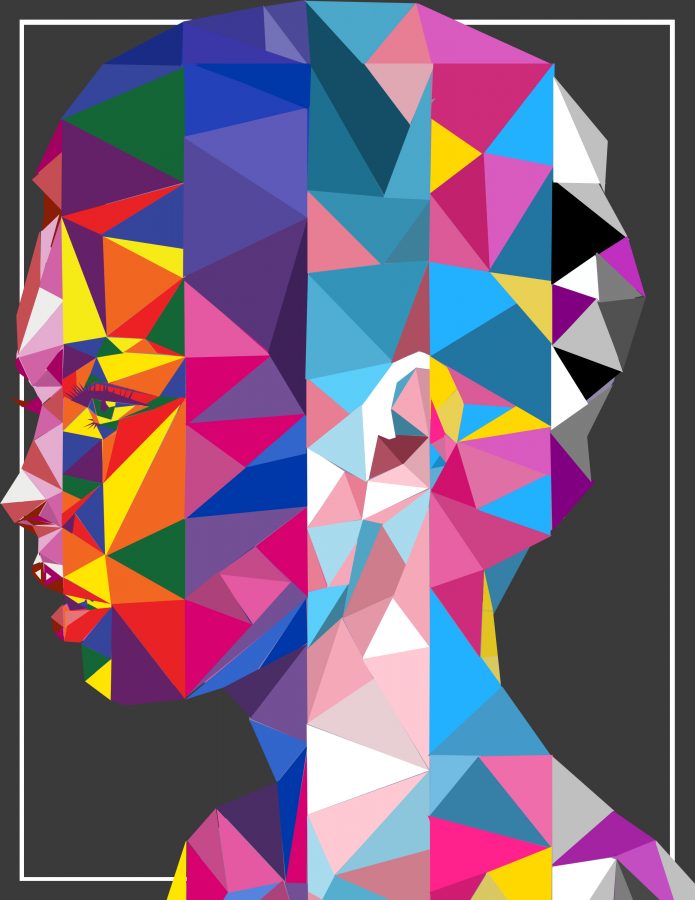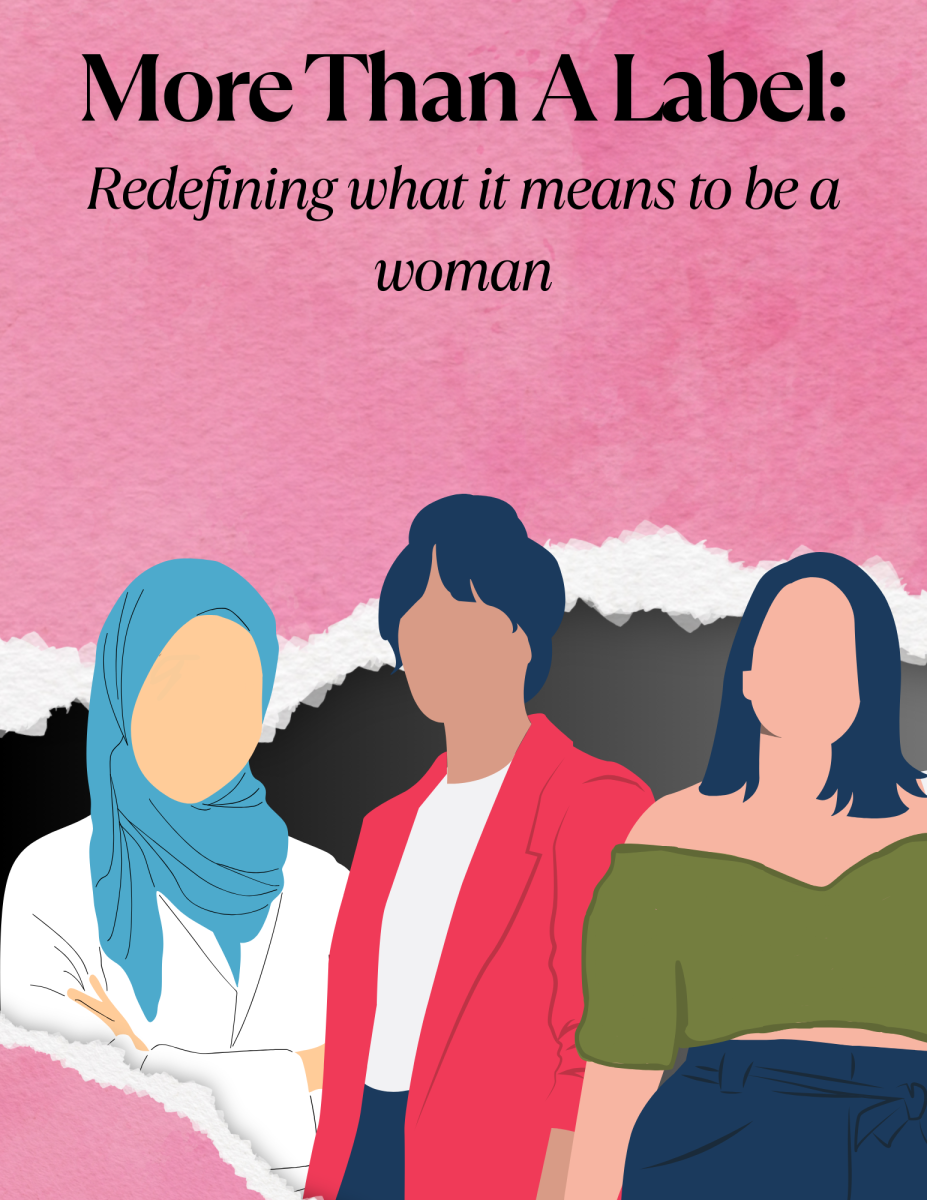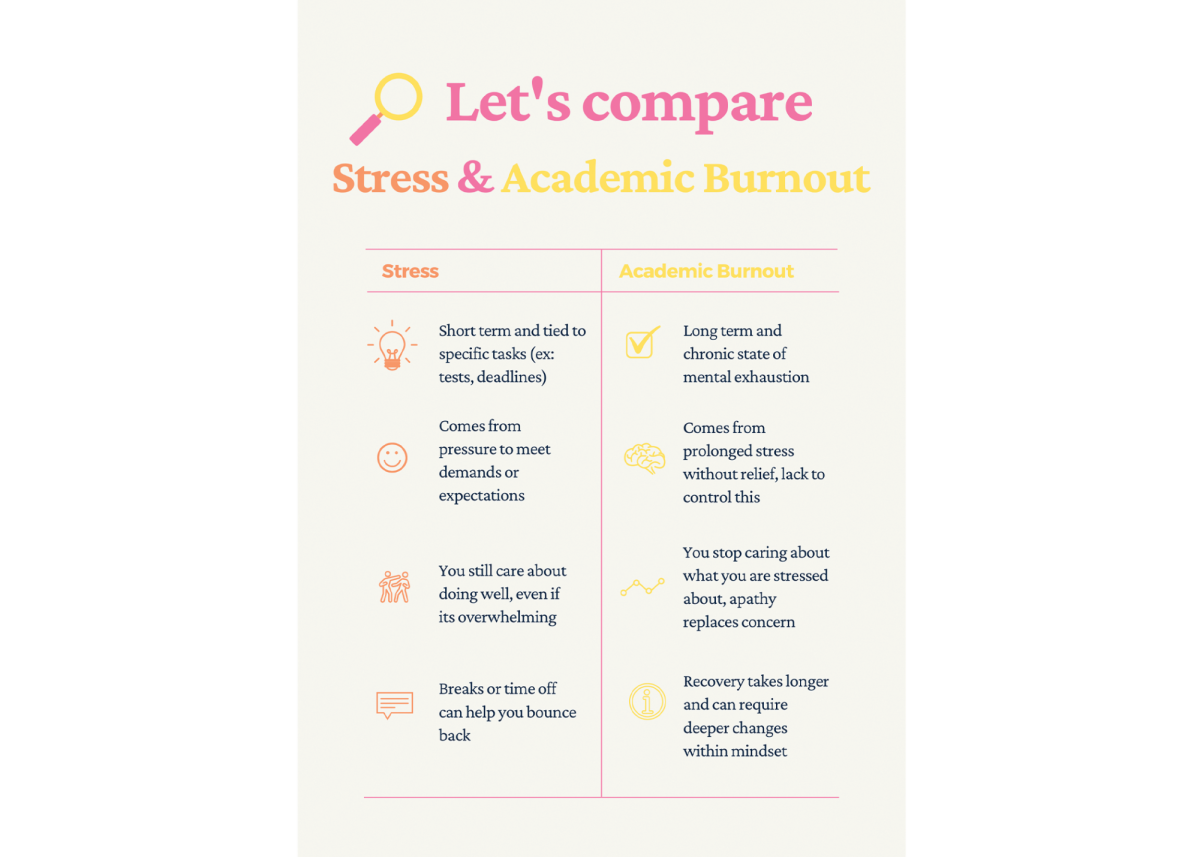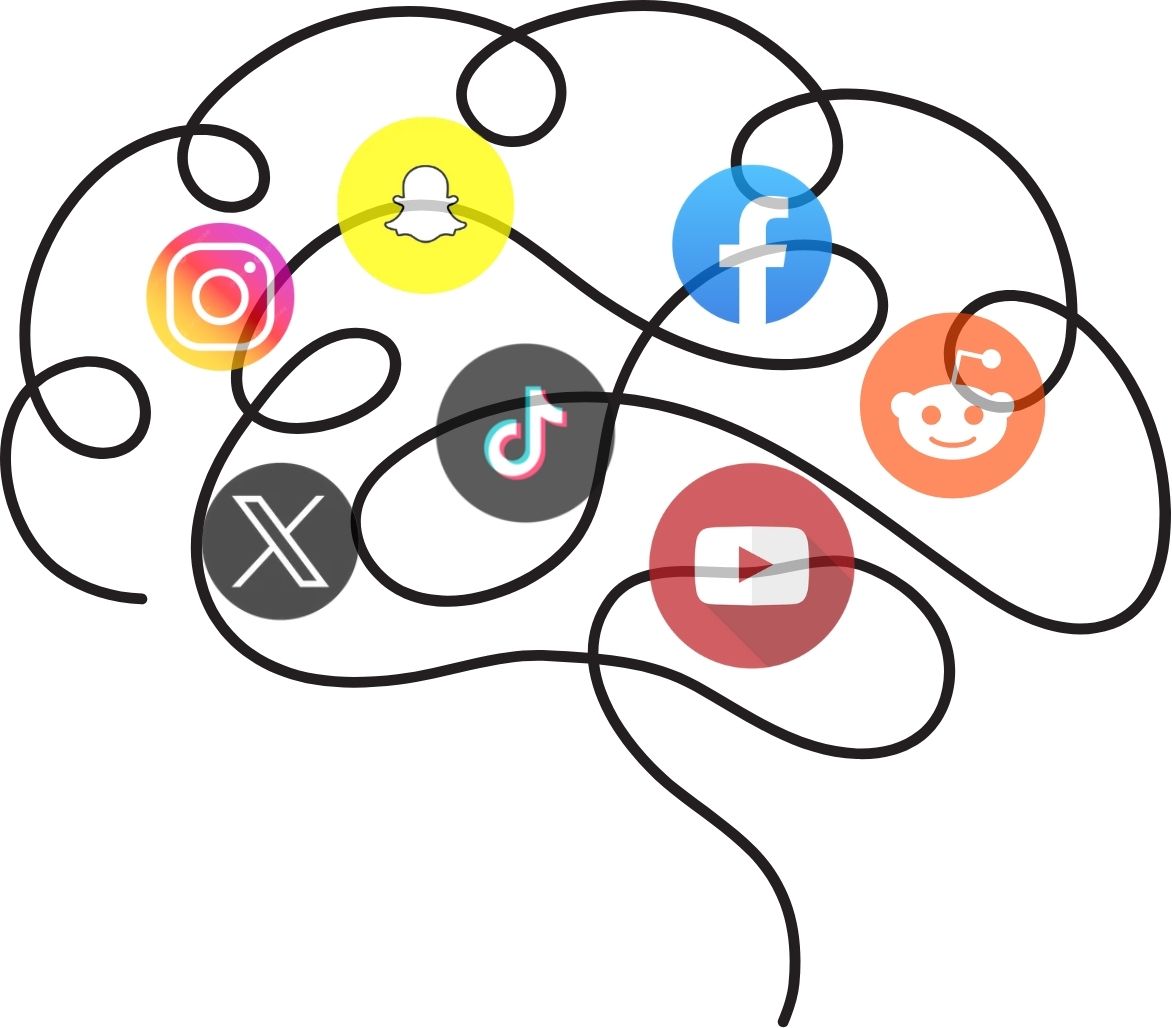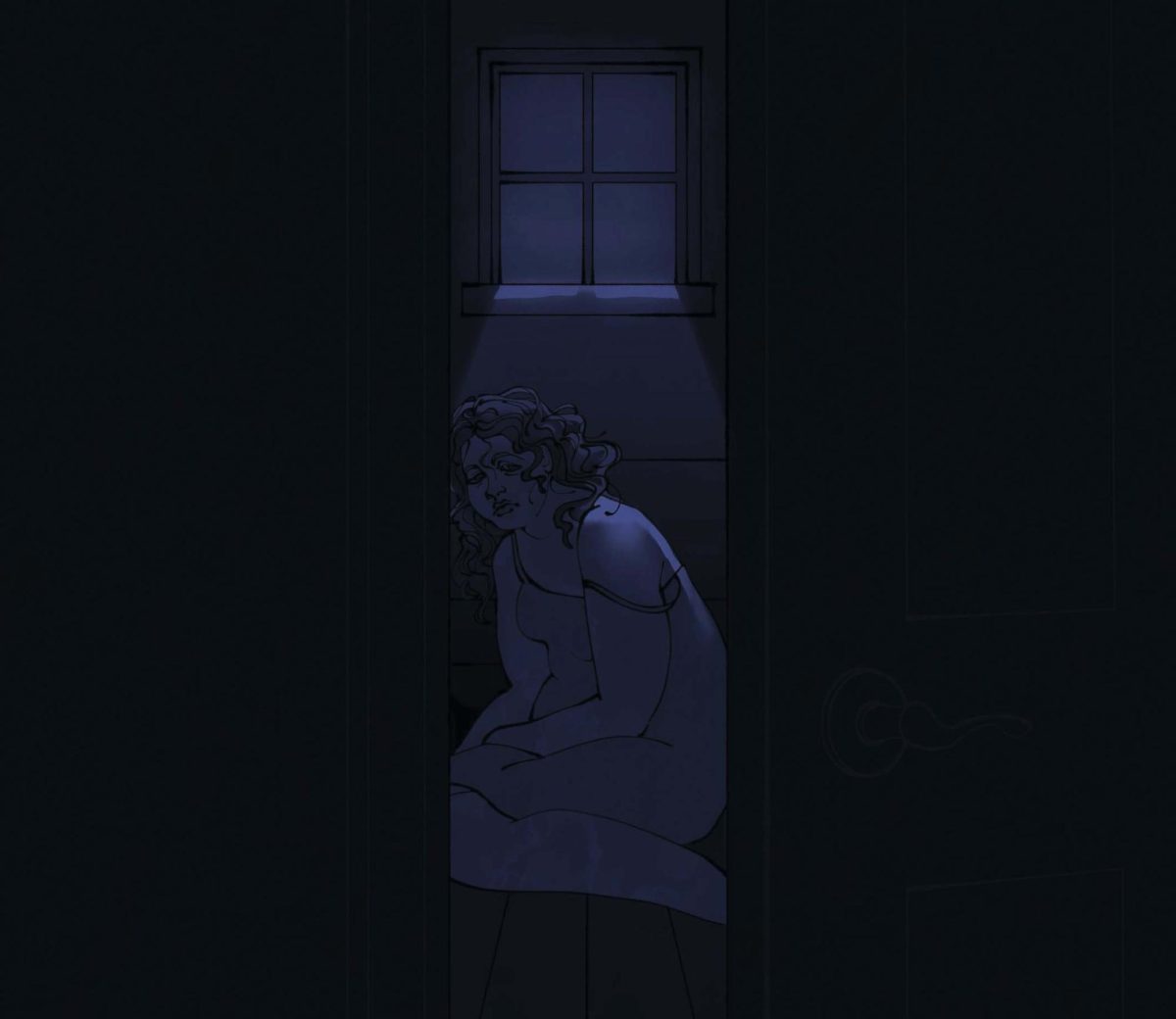By: Syann Engelhard –
Through the timelines of history, the LGBTQ+ community has been covered in the media in a primarily negative light, often depicting intolerance for the community and their culture as a whole. However, beginning in the 1990s, and stretching through present day, a new surge of acceptance is rising, leading to an increase in depiction of LGBTQ+ individuals, issues, concerns, and most importantly, their stories.
And while this representation has had positive impacts on our society, media coverage still isn’t enough. Persons categorizing themselves as members or allies of the LGBTQ+ community are taking a stand to be able to share their own experiences, the most important goal being to affirm visibility in the mainstream media to help get rid of the incessant degradation, misconstruction, and stereotypes of who they are.
And though the LGBTQ+ community has grown, media representation of this group has remained mostly stagnant.
A minority, by definition, is the smaller percentage when compared to the whole. However, as the rate of all oppressed persons continues to rise, we are starting to see them change from a minority to an oppressed majority. The non-oppressed minorities act as the dictators, restricting thrivability to the point of the oppressed majority having a peak feeling of worthlessness. This subsequently leads to an elasticity but not full flexibility of society.
We stretch to the outermost point of freedom, but the final, and hardest push is breaking the elastic, the tipping point to undiluted individuality.
LGBTQ+ minorities rarely get to coexist at the same level as their heterosexual counterparts, which belittles their ability to thrive with the resources they’re given. This in turn creates a rather toxic and unfriendly environment to grow up in. Often times these specific humans, encompassing all genders, orientations, races, cultures, socioeconomic backgrounds, etc, suffer from severe forms of depression and self loathing, it is definitive oppression.
In the case of the “token” minority, a phenomenon where after acceptance of one person the door closes for the others, we find an emphasis on the idea of this heteronormativity. People find it easier to say, “Oh now we don’t have to worry about representation because [x] got a gay, transgender, or any other kind of character or person.”
Junior Taylor Blok-Soflin, founder of the local youth-run organization, Pride for the Youth, finds that people identifying as LGBTQ+ deal with a magnitude of different issues on multiple spectrums.
“They don’t really know who they are, especially in middle school,” said Blok-Soflin. “It’s about finding yourself, but when you’re gay or transgender it’s 10 million times harder.”
Both directly and indirectly we find that these humans are degraded for absolutely no reason other than the stereotypes and preconceived notions others have formed of them; the unwelcoming feeling of walking into a room knowing just anybody could indirectly hate or attempt to dismantle you for who you are. But recently, in the 21st century, the world has taken new outlook to those who classify themselves as LGBTQ+; one that is not yet at the peak for representation and diversity, but is working towards it.
The media is now giving people reason to realize why it is important to not only demolish intolerance, but also give the individual the right to the privacy of their orientation.
And while the media has made great strides in fair representation, there is still work to be done. For example, Hollywood, historically, has long been a straight, white boys club. Though improving, rates of diversity among minorities in things like primetime television and Hollywood-level film is extraordinarily limited. Erasure of representation on the platforms of gender, race, ethnicity and sexual status have been noted as very common practices.
GLAAD, a well-known LGBTQ+ media advocacy organization, has conducted a yearly “Where We Are on TV” study for the last 21 years and counting. This year, the study found that 4.8% of characters on primetime TV will be LGBTQ+, setting a record, though still low.
It is so crucial to put a sharp eye on the happenings of the media in regards to representation. Educate yourself, call out where you see wrongdoings, and praise that of what is done right. People come from a variety of backgrounds, and there are plenty of other spectrums that don’t encompass things like sexuality or gender orientation on which they can all be placed alongside people like your brothers or sisters, and much like them, they should all feel welcomed. Providing a safe and loving environment for these groups is crucial, and the media is becoming a huge part in helping to achieve a healthy mindset for the community.
“While it is heartening to see progress being made in LGBTQ representation on television, it’s important to remember that numbers are only part of the story, and we must continue the push for more diverse and intricate portrayals of the LGBTQ community,” said Sarah Kate Ellis, Glaad president and CEO, in a press release.
If you are questioning why this is so crucial, think of just how influential the media has been throughout the course of the last years. People listen to the media, they live vicariously through these character’s experiences, and that shapes them. People invest themselves in years of storylines, which most hope will end with a picturesque, dreamy, happy setting. Yet oftentimes for the LGBTQ+ portion, it does not end the same way.
GLAAD’s “Where We Are on TV” study noted that 25 queer females were killed, typically in order to advance the straight main character’s narrative in 2016 alone. Also noted was that lesbian and bisexual characters were at the most risk, 12 having been killed since 2016.
“To kill these characters in droves sends a toxic message about the worth of queer stories,” Ellis said. It is important to note that their message matters and people of all sexual orientations or gender orientations can live out a happy, fulfilling, and successful life.
Both Actors and Actresses who have experienced and played in these roles can attest to the sheer impact the portrayal of their longstanding properly representative characters have made on not just the LGBTQ+ community, but also those watching as straight or non-partial viewers.
Jessica Capshaw, a regular on the hit television series Grey’s Anatomy, has played a longstanding, lesbian character. In an interview with Yahoo Lifestyle, Capshaw acknowledged just how important these roles are. “I never would have imagined that I would be able to play a character that would feel like it does so much good. Whether it’s people who feel like the character resonates with them and it makes their day a little easier to see themselves represented, or if it’s someone watching it who has someone in their life who is gay and they might not have understood it before and all of the sudden, they have another person or another thing to point to and say ‘Oh that’s a different context.’”
And while Capshaw represents the strides Hollywood and the media are making in representation, her character is only one small piece.
Combining all these positive aspects has created a new and open mindset amongst most frequent social media users. The exposure of all uninformed humans to these stories and characters have enabled the building of mass strength, understanding, and love. Which, in turn, helps individuals identifying as a specific orientation accept and empower themselves, and most importantly, love who they are. People don’t even have to second guess the parts of themselves that define them, and that is oh-so important.
We have to remember, don’t let someone else’s beliefs ruin your own glimmer.

